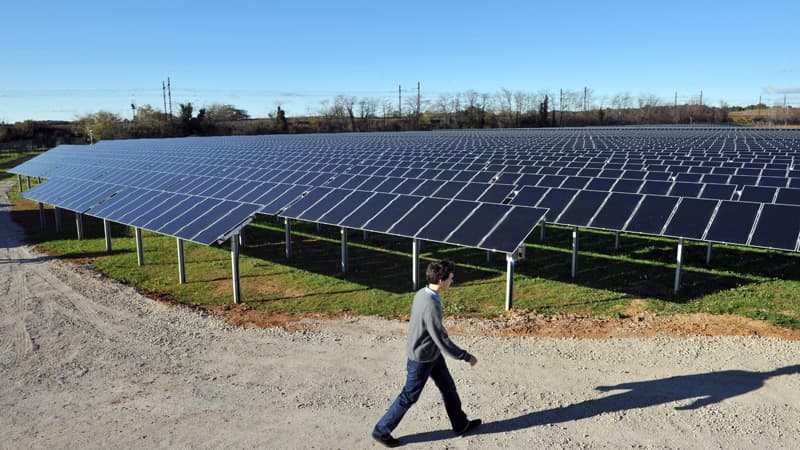The competitiveness of renewables accelerated further last year, driven by the crisis in fossil fuel prices, despite cost inflation, says the International Renewable Energy Agency (Irena). According to a report released Tuesday, about 86% (187 gigawatts) of renewable capacity commissioned in 2022 cost less than electricity generated from fossil fuels (coal, gas).
Last year, the world electricity sector saved directly with renewable energies (solar, wind, hydroelectric, etc.) 520 billion dollars in the cost of fuels thanks to the production plants installed in the world since 2000. These direct savings , reducing CO2 emissions and air pollutants translate into “substantial” economic benefits, the report adds.
“The year 2022 is a turning point”
Without the deployment achieved in the past two decades, the economic repercussions of rising fossil fuel prices in 2022 would have been far more severe, “even exceeding the ability of many governments to mitigate,” according to the report. For the general director of this intergovernmental agency in charge of supporting the energy transition, Francesco La Camera, “the year 2022 is a turning point in the deployment of renewable energies. In fact, their competitiveness in terms of costs has never been so great , despite continued inflation in the cost of products and equipment.”
Hydroelectricity, a rare renewable energy with increasing cost
The weighted average cost of electricity fell by 3% in 2022 for photovoltaic, 5% for onshore wind, 13% for bioenergy and 22% for geothermal. Costs for offshore wind and hydro alone increased by 2% and 18%, due to less Chinese involvement in offshore wind deployment and cost overruns in some large hydropower projects. Since 2010, the global weighted average cost of solar PV electricity has fallen 89% to $0.049/kWh, almost a third less than the cheapest international fossil fuel. For onshore wind, the drop was 69% to $0.033/kWh in 2022, just under half the value of the cheapest fossil fuel option.
To stay below 1.5°C of pre-industrial warming, the world will still need to add an average of 1,000 GW of renewable energy per year through 2030, more than three times 2022 levels, Irena stresses.
Source: BFM TV


